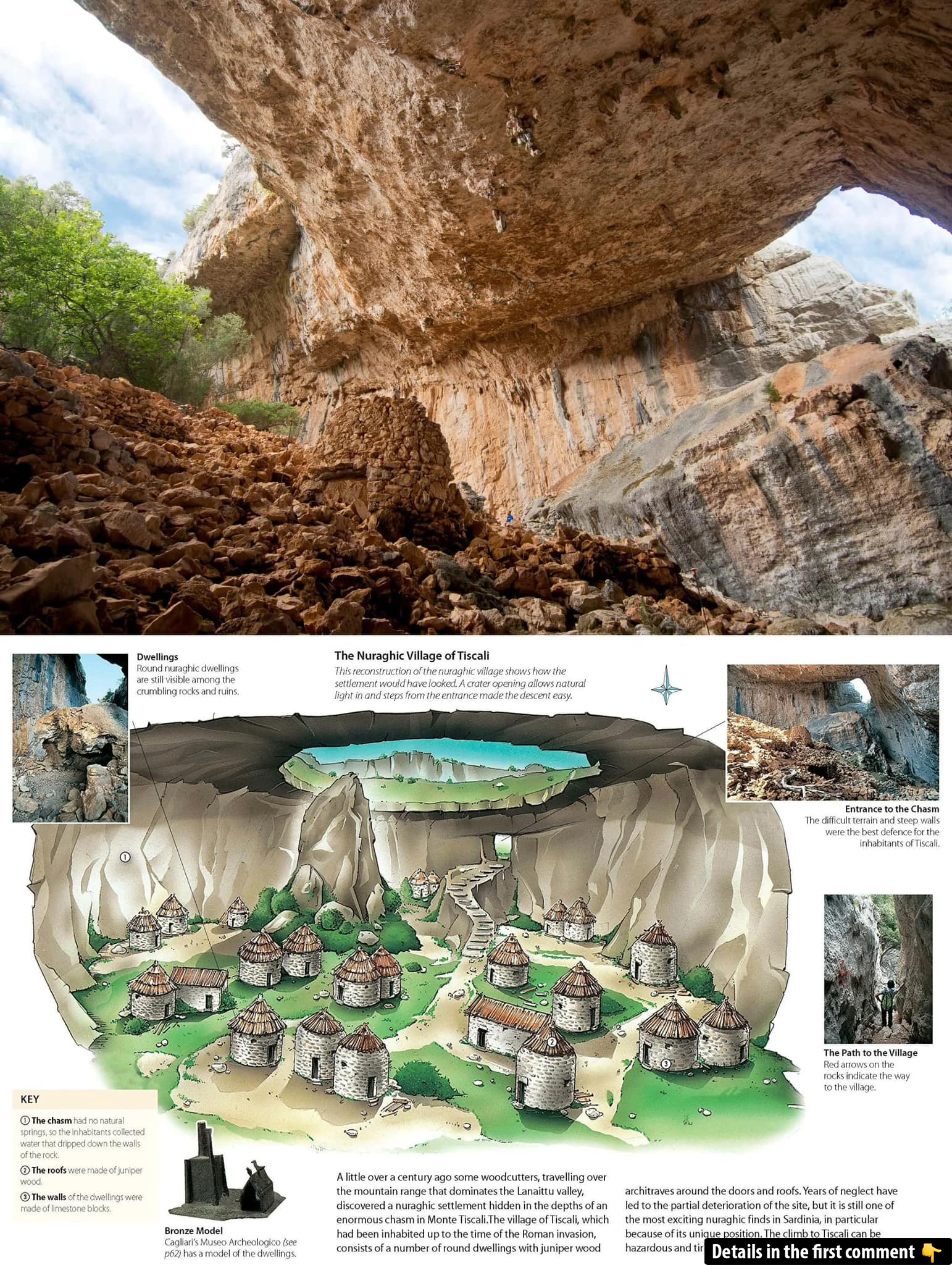Nestled within the rugged, mountainous landscape of Sardinia, Italy, lies a hidden marvel that has fascinated archaeologists and historians alike for centuries. The Nuragic village of Tiscali, built inside an enormous sinkhole on Mount Tiscali, provides a unique and mysterious glimpse into the island’s ancient past. The decision to build this village in such a secluded and concealed location adds an extra layer of intrigue to an already captivating culture. As we explore the mystery of Tiscali, we uncover not only the secrets of its architectural wonders but also the lifestyle and beliefs of the enigmatic Nuragic people.
The Nuragic Civilization: An Overview
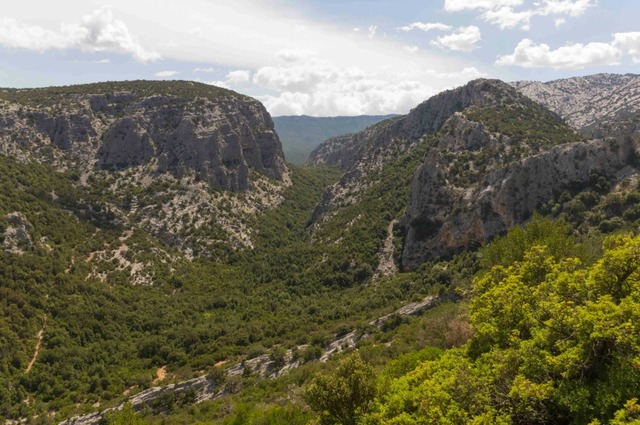
To understand the significance of Tiscali, it’s important to first delve into the broader context of the Nuragic civilization. The Nuragic culture, which flourished from around the 18th century BCE to the 2nd century BCE, is best known for its iconic “nuraghes”—large, stone towers spread across Sardinia. These towers served as fortresses, religious sites, and community hubs. The people of this civilization were remarkable builders, leaving behind over 7,000 nuraghes as testament to their ingenuity.
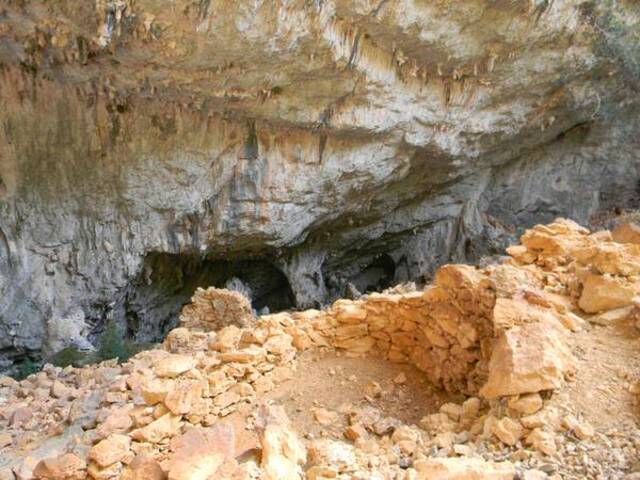
The Nuragic people primarily practiced agriculture, with their society heavily focused on community life. They constructed their villages and sanctuaries with remarkable precision, showcasing advanced knowledge of architecture and urban planning. They were also known for their religious practices, which were closely tied to the natural environment. The discovery of Tiscali, hidden within a massive sinkhole, offers a fascinating insight into this extraordinary civilization.
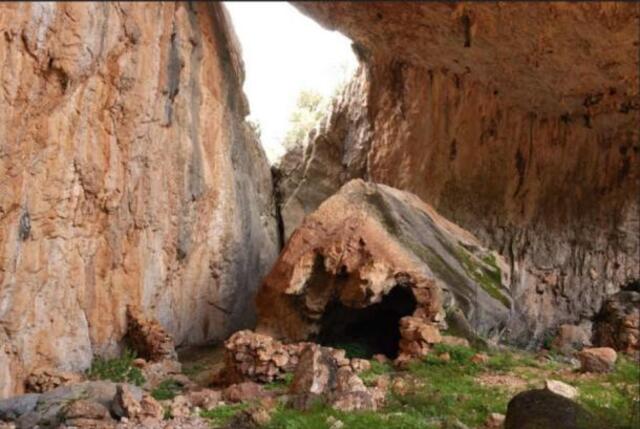
Video
Check out the video on Villaggio Nuragico di Tiscali – it’s a fascinating look at an ancient Sardinian village!
Discovery of Tiscali: The Hidden Village
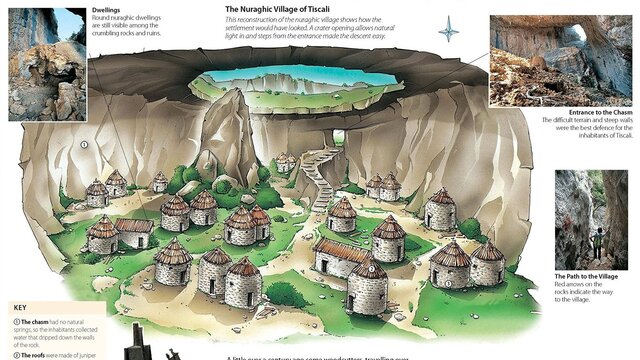
Tiscali remained largely unknown to the world until the late 19th century when it was first discovered. Excavations began in earnest in the early 20th century, but it wasn’t until the 1950s that systematic research began to uncover its secrets. The site is located in the Supramonte region of Sardinia, near the town of Dorgali, and its position within a vast sinkhole on Mount Tiscali makes it unlike any other Nuragic village.
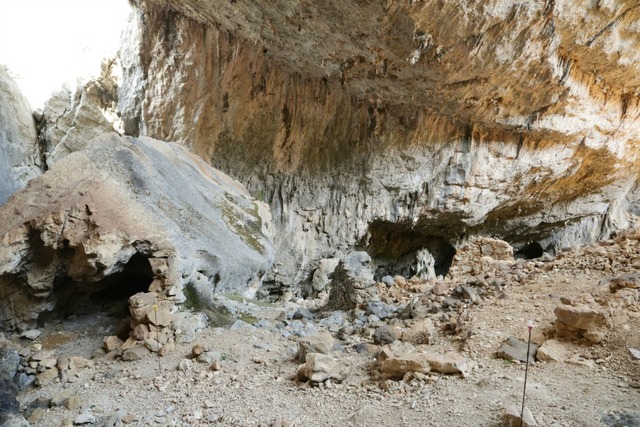
The sinkhole, or doline, was formed by the collapse of a limestone cavern’s roof. The natural formation of this cavity created a secluded and concealed environment, perfect for a village looking to remain hidden. The positioning of Tiscali raises several intriguing questions: Why did the Nuragic people choose such an isolated location? Was it for protection, religious purposes, or something else entirely?
Archaeological Site: Structure and Insights
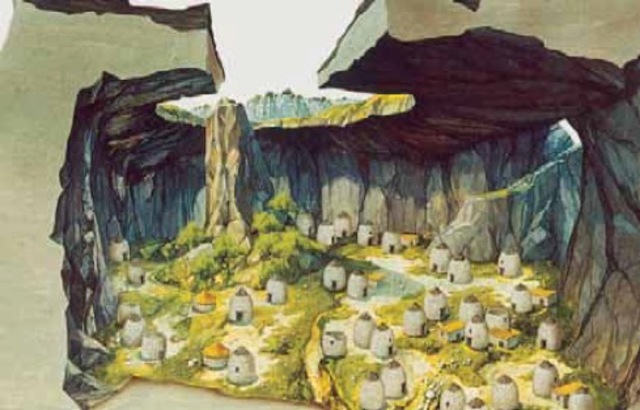
The remains of the Tiscali village provide invaluable insights into the architecture and daily lives of the Nuragic people. The village consists of approximately 40 circular dwellings constructed from local limestone. These structures are typical of Nuragic architecture, which favored simple, round shapes that were practical yet robust. The houses were covered with wooden roofs, and the layout of the village followed the natural contours of the sinkhole, blending seamlessly with the surrounding environment.
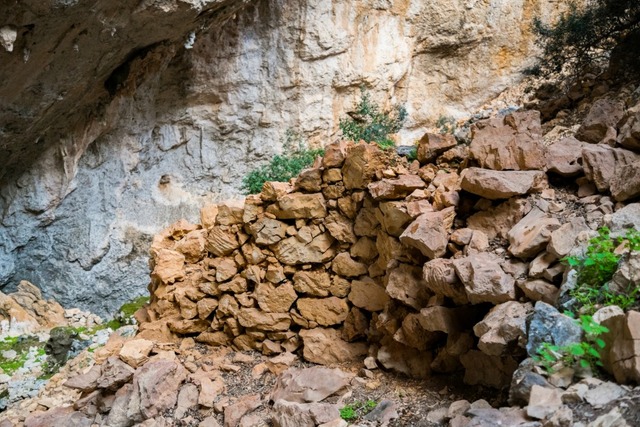
This integration with the natural landscape not only provided camouflage but also offered protection from the elements. The village’s strategic location inside the sinkhole also created a natural defense mechanism, with the high walls of the surrounding rock offering shelter from potential invaders. It is clear that the builders of Tiscali were highly resourceful, utilizing the natural topography to their advantage.

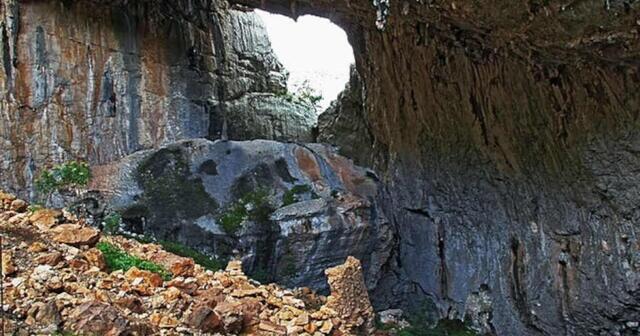
Artifacts discovered at the site, such as pottery, stone tools, and food remnants, provide further evidence of the villagers’ agrarian lifestyle. The presence of storage pits suggests that the community engaged in agriculture and animal husbandry, while also supplementing their diet with hunting and foraging. Despite the challenges posed by the location, the Tiscali community appears to have thrived through a combination of ingenuity, cooperation, and adaptability.
Theories and Interpretations: Why Was Tiscali Built?
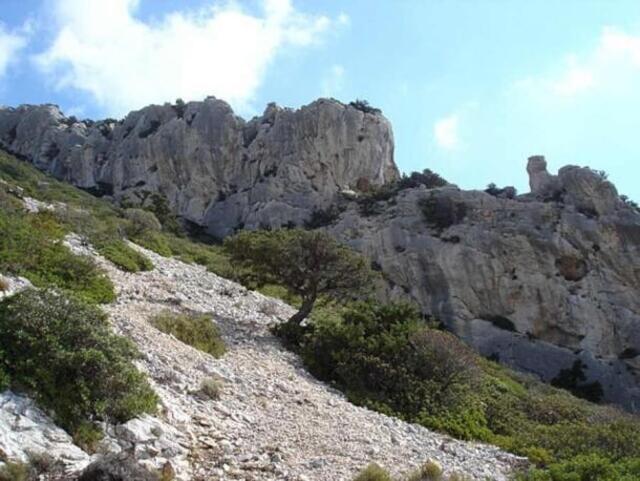
The purpose of Tiscali continues to be a subject of scholarly debate. Several theories have been proposed to explain the village’s unusual location and layout. One widely held theory suggests that Tiscali served as a refuge during times of conflict. Sardinia was a contested region during the Bronze Age, with various groups—including the Phoenicians, Carthaginians, and later the Romans—vying for control. The hidden nature of Tiscali, nestled in the heart of a sinkhole, would have provided a safe retreat in times of invasion or war.
Another possibility is that Tiscali had a religious or ceremonial function. The secluded location and natural beauty of the sinkhole might have made it a sacred site for the Nuragic people. The high rock walls surrounding the village could have been seen as a connection between the earth and the heavens, creating an ideal environment for rituals and worship. The site’s natural amphitheater-like design may have lent itself to religious ceremonies, making Tiscali a significant location for spiritual gatherings.
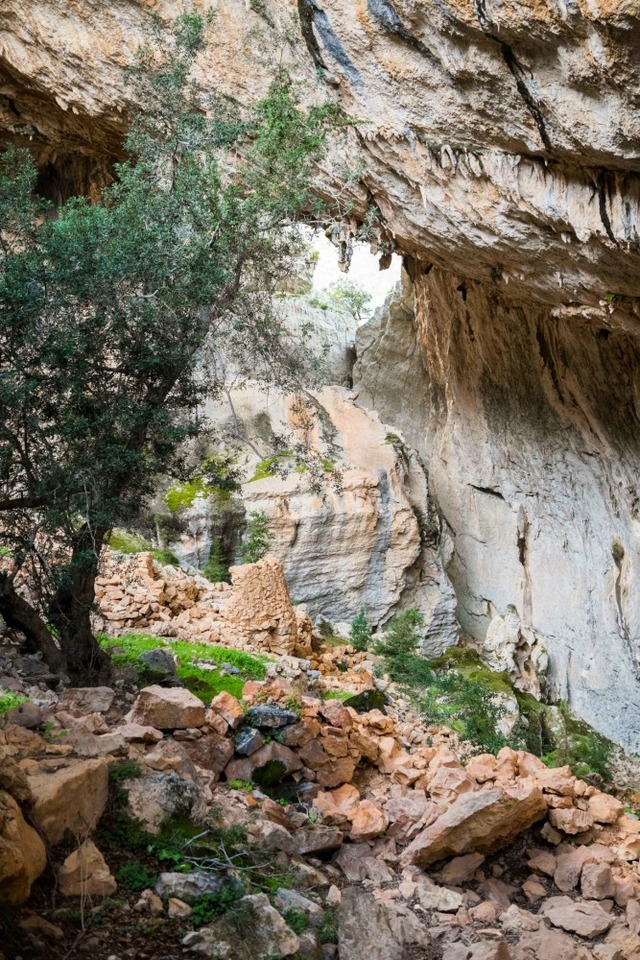
A third interpretation suggests that Tiscali could have been a seasonal or temporary settlement. The village may have been used for specific activities such as trade, hunting, or social gatherings during certain times of the year. The limited resources and difficult living conditions in the sinkhole make it unlikely that the settlement could have supported a large, permanent population. Instead, it may have served as a seasonal hub, where people gathered for particular purposes before returning to more permanent settlements.
Modern Significance and Conservation
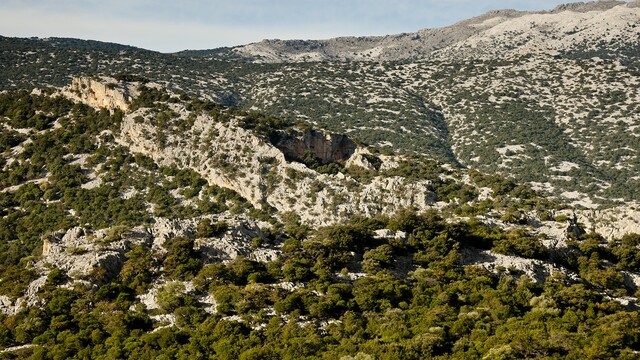
Today, Tiscali is an important archaeological and tourist site, drawing visitors from all over the world. The journey to the village itself is an adventure, involving a hike through the stunning Supramonte mountains. The site is managed by local authorities, and conservation efforts are ongoing to preserve its integrity for future generations.
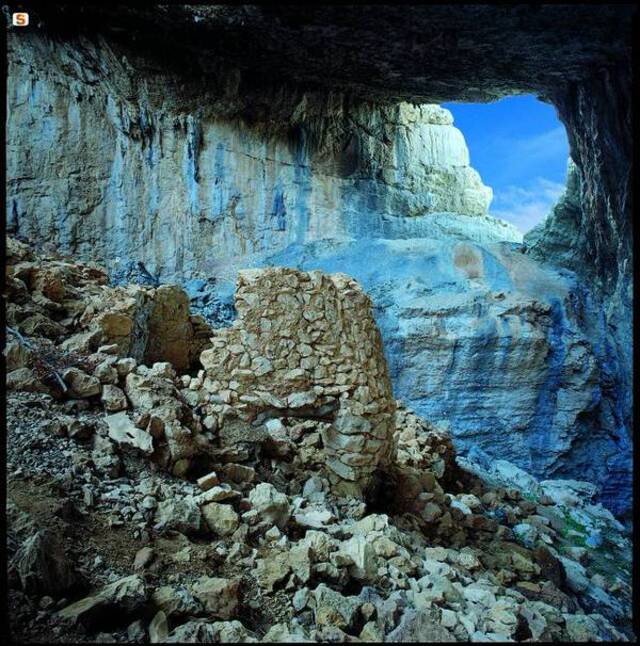
Tiscali offers invaluable insights into a lesser-known chapter of European prehistory. The village’s location, hidden away in a remote corner of Sardinia, allows us to understand the adaptability and resilience of the Nuragic people. The site is a testament to the ingenuity and resourcefulness of this ancient civilization, which thrived in a challenging environment and left behind a legacy that continues to captivate archaeologists and visitors alike.
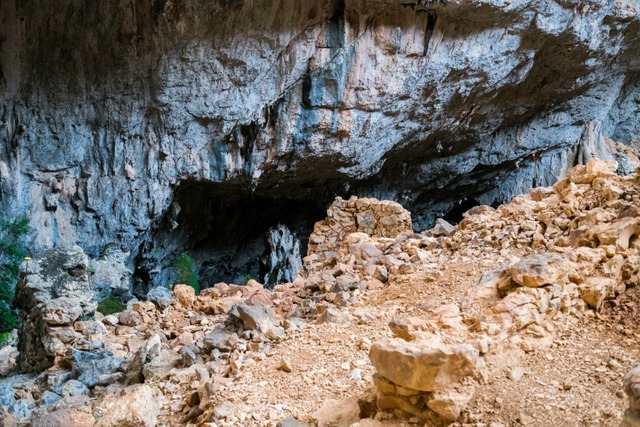
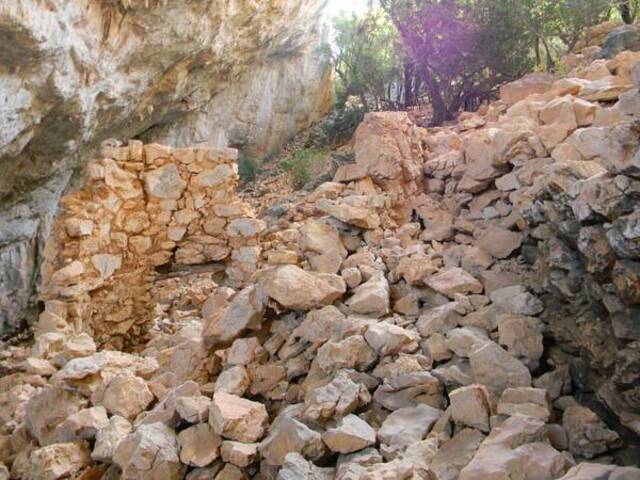
Video
Watch the video on the Nuragic Civilization of Bronze Age Sardinia – it’s an intriguing dive into ancient history!
Conclusion: The Enduring Legacy of Tiscali
Tiscali stands as one of the most remarkable examples of Sardinia’s ancient past. Built within a sinkhole on Mount Tiscali, this hidden village offers a fascinating glimpse into the lives of the Nuragic people. Whether used as a refuge, a religious site, or a seasonal settlement, Tiscali reflects the resourcefulness and ingenuity of a civilization that has long since faded from history.
As research continues and new discoveries are made, Tiscali will no doubt continue to reveal its secrets. The village’s harmonious integration with the natural environment, coupled with its strategic location, ensures that it remains a lasting testament to the cultural and technological achievements of the Nuragic people. Tiscali is a reminder that, even in the most unexpected places, the remnants of ancient civilizations can provide a window into the past, offering valuable lessons for the future.
